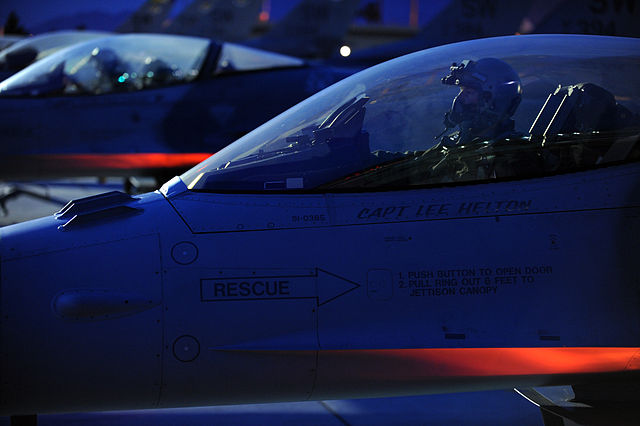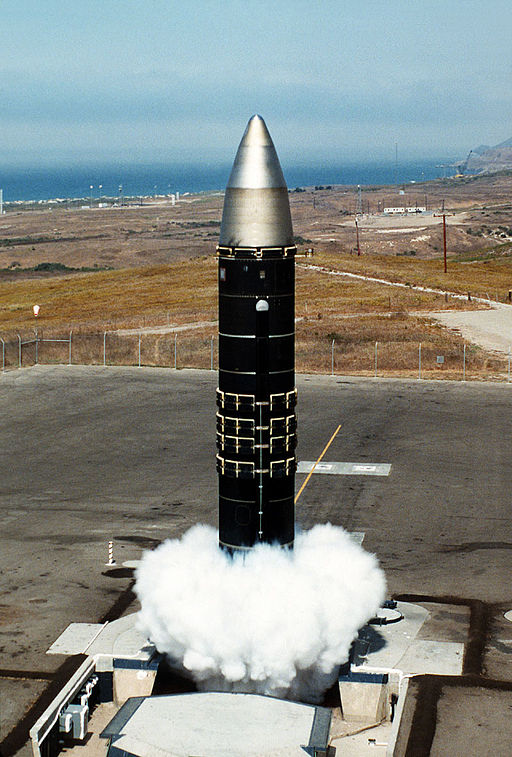In an era where rapid and secure data exchange is fundamental to mission success, Link 16 emerges as a stalwart, facilitating real-time, reliable communication across various military platforms. This Tactical Data Link (TDL) system is at the forefront of fostering interoperability and enhancing the situational awareness of forces both in the air and on the ground. Let’s delve deeper into the intricacies of this remarkable data link system and explore why it has become an indispensable tool in modern warfare.
A Brief History
Developed in the 1970s as part of the Joint Tactical Information Distribution System (JTIDS), Link 16 was conceived to address the growing need for improved data exchange and situational awareness among NATO allies. As military engagements became more complex, so did the necessity for a robust and versatile communication network that could keep pace with evolving operational demands. Over the years, Link 16 has undergone several upgrades, expanding its capabilities and solidifying its role as the backbone of modern military communications.
Technical Foundations
Link 16 operates in the L-band frequency range (960 – 1215 MHz) and employs a jam-resistant, frequency-hopping spread spectrum. Its ability to quickly hop between frequencies makes it resilient to both intentional and unintentional interference. Here are some of its technical highlights:
1. Network-Centric Operations
Link 16 facilitates network-centric operations, allowing various platforms such as aircraft, ships, and ground-based systems to share data seamlessly. This kind of operation maximizes the collective situational awareness and decision-making efficiency of all units involved in a mission.
2. Time Division Multiple Access (TDMA)
Link 16 uses Time Division Multiple Access, a communication method that divides the transmission medium into time slots. Each unit on the network is assigned specific slots to transmit data, avoiding collisions and ensuring timely information exchange.
3. Message Formats
Link 16 employs a variety of message formats to convey different types of data including, but not limited to, radar tracks, command and control messages, and electronic warfare information. This structured messaging format ensures data consistency and reliability across the network.
Operational Capacities
1. Enhanced Situational Awareness
Link 16 is designed to provide a comprehensive picture of the battlefield by pooling data from different platforms and sensors. This creates a Common Operational Picture (COP) that enhances the situational awareness of all participants, allowing for more informed and coordinated decision-making.
2. Secure and Encrypted Communications
Security is a critical aspect of Link 16. The system employs strong encryption techniques to protect data from interception and unauthorized access, safeguarding sensitive information and ensuring communication integrity.
3. Interoperability
One of the standout features of Link 16 is its interoperability, allowing different nations and military branches to operate cohesively. This is particularly crucial in joint and coalition operations, where forces from different countries need to work together effectively.
Integration and Upgrades
Link 16 has been integrated into a wide array of military platforms, including fighter aircraft, ships, and ground-based command and control centers. Furthermore, the data link is continually updated to incorporate new capabilities and technologies. Recent upgrades have focused on enhancing its capacity, reducing latency, and improving the resilience of the network in congested and contested environments.
Challenges and Future Prospects
Despite its capabilities, Link 16 faces challenges such as limited bandwidth and potential saturation in areas with a high concentration of users. Moreover, as potential adversaries develop more advanced electronic warfare capabilities, maintaining the resilience and security of the Link 16 network will be of paramount importance.
Looking ahead, the evolution of Link 16 is expected to focus on expanding its data throughput capabilities, integrating with emerging technologies like Artificial Intelligence, and enhancing its ability to operate in contested and degraded environments.
Conclusion
In conclusion, Link 16 stands as a pivotal asset in modern military communications, offering an unparalleled combination of security, interoperability, and enhanced situational awareness. As it continues to evolve, it promises to remain at the forefront of military communications technology, facilitating cohesive and efficient operations in increasingly complex and dynamic battle spaces.
Link 16 embodies the synergistic approach to warfare that modern military operations demand, providing a robust and resilient communication network that allows forces to operate with unprecedented levels of coordination and awareness. As we look to the future, it’s clear that Link 16 will continue to play a vital role in shaping the trajectory of military communications, fostering a connected and informed force ready to face the challenges of the modern battlefield.



